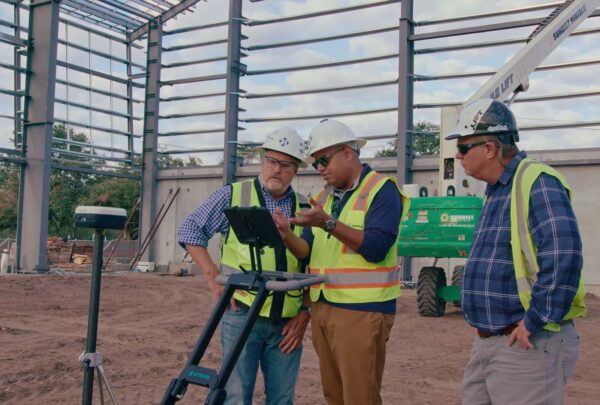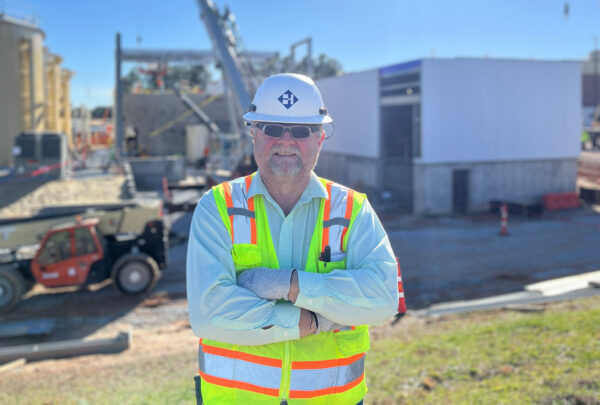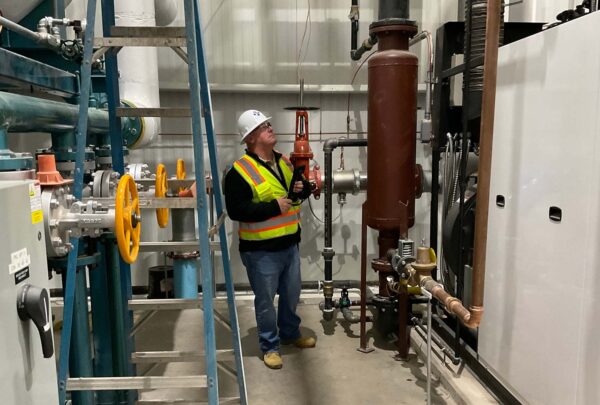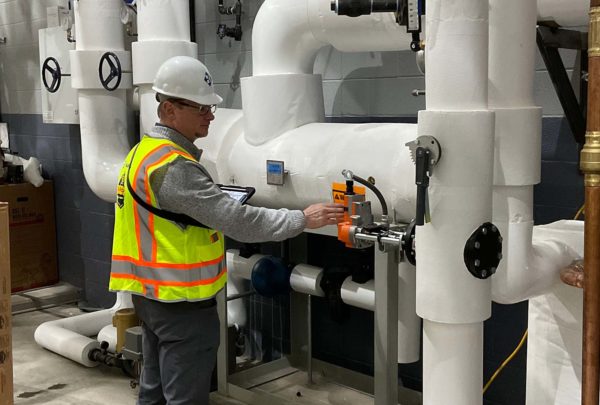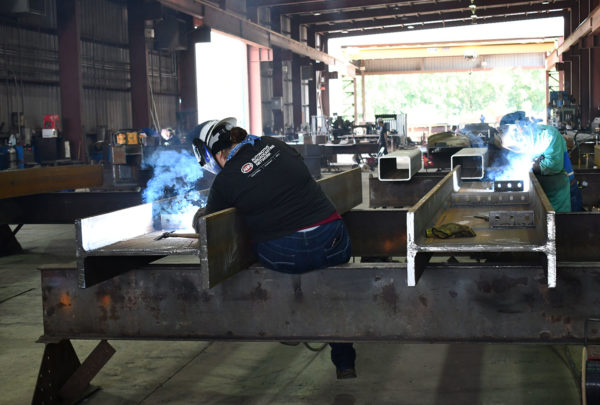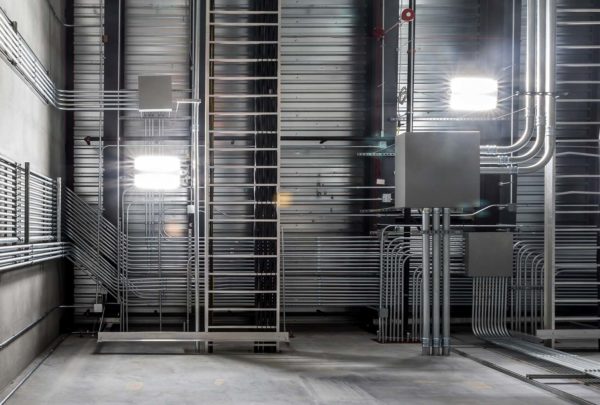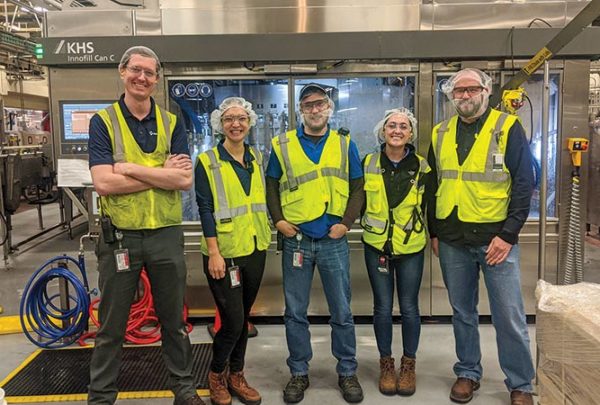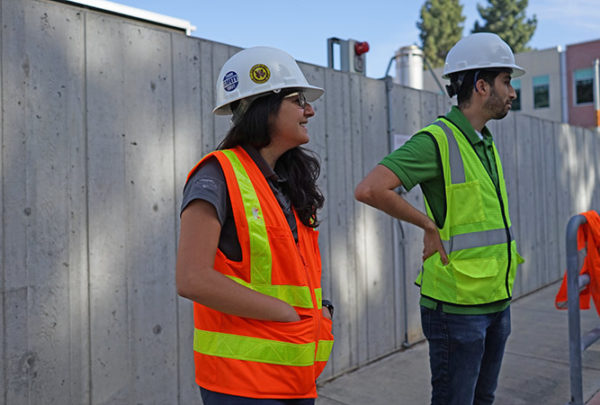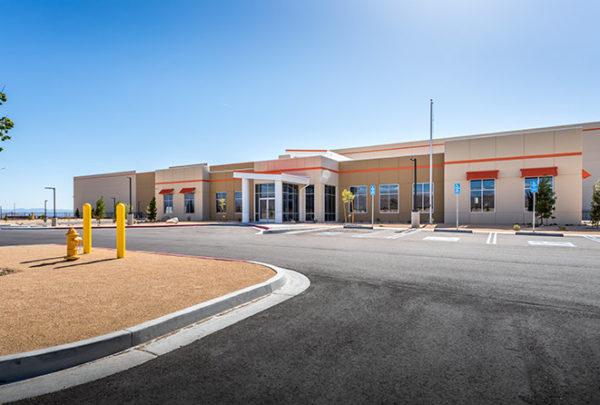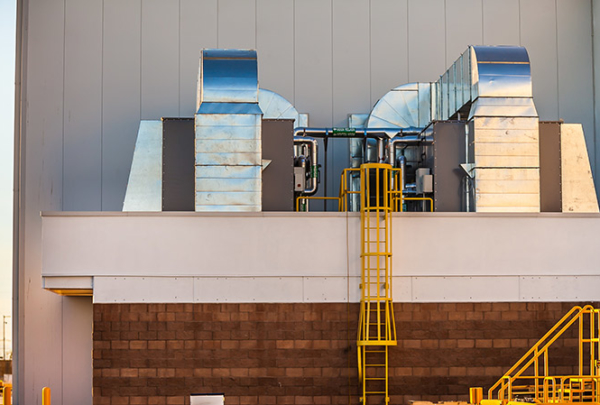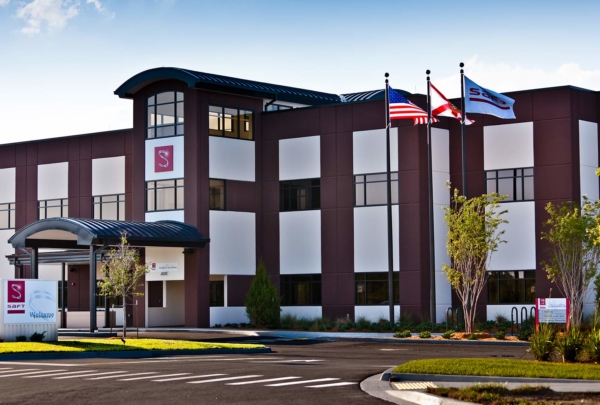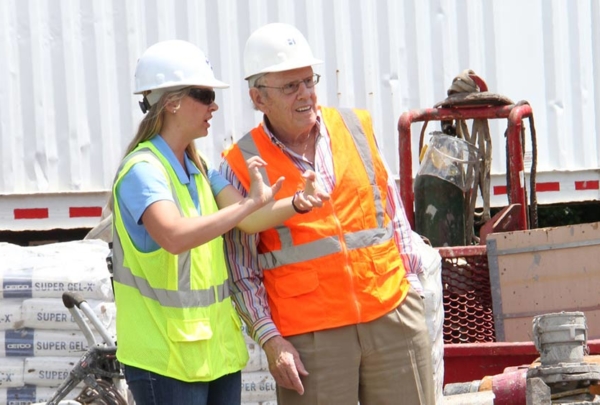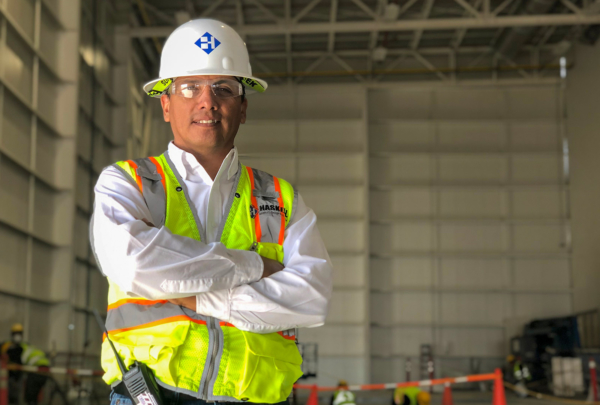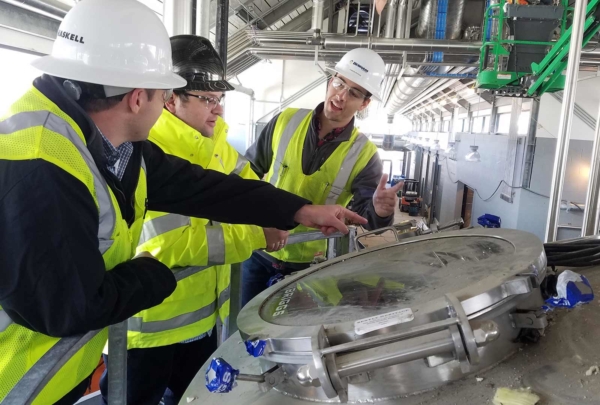Haskell’s structural engineering team helps clients solve unique challenges – such as designing an explosion room or an earthquake-resistant building – while also meeting vast public safety standards and code requirements.
Structural engineering is a specialty within civil engineering that focuses on the physical integrity and design of buildings, tunnels and bridges, and the road certification as a licensed Structural Engineer (SE) is rigorous.
In and of itself, earning a Professional Engineering (PE) license is a stringent process, requiring successful candidates to earn a four-year engineering degree, pass the Fundamentals of Engineering exam, practice a minimum of four years under a PE and then pass the 8-hour PE exam.
SE licensure requires a Civil PE license with a structural emphasis and then passage of a 16-hour exam, which demands roughly 300 hours of study and comes with a pass rate of less than 40 percent.
“There’s a lot to being a structural engineer because of what we do,” said Bobbie Wood, Chief Structural Engineer at Haskell. “People depend on us for life safety. The qualifications are high on purpose.”
Eight states have full or partial restrictions that require a licensed SE as Engineer of Record on projects. Haskell has five SEs supported by more than 30 PEs and numerous Engineers In Training (EITs), the designation for those who have passed their Fundamentals test.
Diverse projects
Haskell’s engineers boast diverse project and industry experience, which produces expert results and peace of mind for clients.
Haskell’s teams have engineered for hurricane-prone conditions, heavy rain and snowfall, explosions and seismic activity. Projects have ranged from 1 million-square-foot factories to a single mechanical rooftop.
In Puerto Rico, Haskell engineers designed an airplane hangar for Lufthansa that survived Hurricane Maria, the Category 5 storm that devastated the island, without any structural damage.
In California, they designed “one of the heaviest seismic jobs we’ve ever done” for a fast-food hamburger chain and a potato chip plant that could withstand the pressure that would be exerted if the building next door exploded.
“Those are the fun days,” said Wood. “I like to think that we can solve problems in really creative ways.”
Meeting the unique needs of a site imparts great responsibility.
“Some days it’s almost a little scary. A big mistake has big consequences,” she said. “You have a responsibility beyond the owner. It’s anybody who ever uses that building and the area around it.”
On the day of a hurricane, a building owner may empty the building, but code requires protections in the event the building collapses and its debris blows into the building next door.
To mitigate any potential for error, Haskell requires internal peer review. Some states require a third-party peer review.
Integrated approach
Because Haskell is first and foremost a design-builder, its structural engineers can work with architects, contractors, welders and fabricators as the building is being designed. While competing engineering firms must wait for architecture to finish before designs are passed to structural teams, Haskell’s integrated approach can shave months off of a project.
“We figured out how to streamline this process. We get footings in the ground much sooner than a normal design-bid-build process,” said Wood.
Engineers keep this efficiency and integration in mind when specifying designs.
For example, if Haskell engineers spend extra time designing bolts, they can create a “moment connection” that is easy to fabricate and thus much faster to put together in the field. This saves time for the field team and accelerates total building construction.
“When we approach a building structure, we look at it from a lot of different angles,” she said. “We look at what is best for the building to solve structural needs, what’s best and easiest for the field and what is going to be the best for the fabrication.”
“It’s like solving a puzzle all the time.”
Haskell’s integrated model also allows Wood and her team to connect directly with clients rather than communicating through an architect. This helps clients understand the structural requirements of design choices.
“Every solution has a ripple effect,” she said. “If you don’t like the column in your space, it can be taken out, but then a four-foot beam or a truss must replace.”
The field is continually evolving. Haskell engineers stay abreast of developments in material sciences, such as concrete additives or a new framing system to go beneath mechanical curves.
Structural analysis software continues to evolve to produce 3D modeling of structural framing. These simulations show how the structure would deflect or shake in an earthquake and how it would react in a wind event.
“As with all structural software,” Wood said, “they are only as good as the user using it.”


